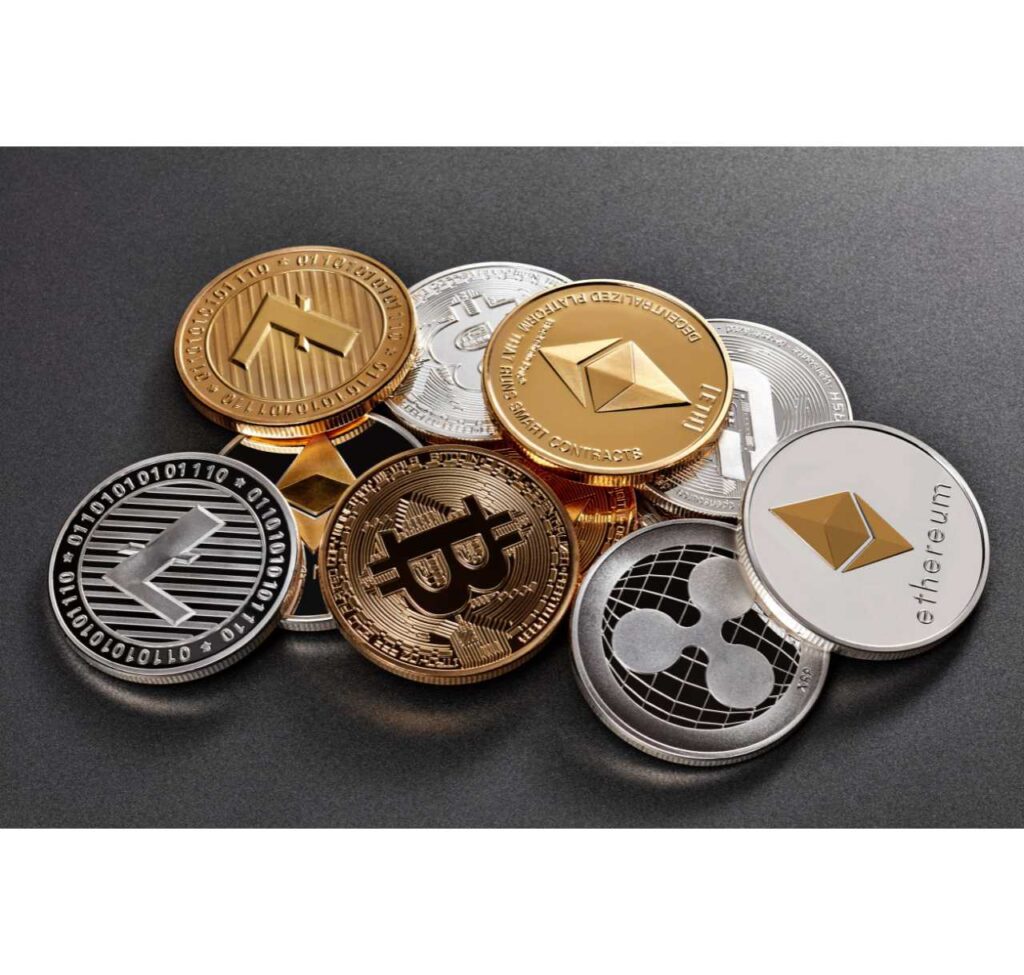Cryptocurrency has become a buzzword in the financial realm, but for beginners, the sea of technical jargon can be overwhelming. Fear not! Let’s unravel the complexities and dive into the basic terminologies that will serve as your compass in the world of digital currencies.
Cryptocurrency 101: Unraveling the Digital Revolution
Cryptocurrency, simply put, is a form of digital or virtual currency secured by cryptography. Unlike traditional currencies regulated by governments, cryptocurrencies operate on decentralized networks, primarily leveraging blockchain technology.
Blockchain: The Security Backbone
Blockchain acts as the underlying technology for cryptocurrencies. It’s a decentralized ledger comprising a chain of blocks, each recording transactions. This revolutionary system ensures transparency, security, and immutability, making fraud nearly impossible.
Bitcoin: The Pioneer Player
Bitcoin, introduced in 2009 by the mysterious Satoshi Nakamoto, is the trailblazer in the cryptocurrency world. Often hailed as digital gold, Bitcoin facilitates peer-to-peer transactions securely and transparently.
Altcoin: The Diverse Siblings of Bitcoin
Altcoin, short for alternative coin, encompasses all cryptocurrencies other than Bitcoin. With thousands of altcoins available, each brings its own unique features and purposes. Ethereum, Ripple, and Litecoin are some noteworthy examples.
Wallets: Your Digital Crypto Safes
A cryptocurrency wallet is your digital tool for storing, sending, and receiving digital assets. Wallets can be online (hot wallets) or offline (cold wallets), offering different levels of security for your crypto holdings.

Private Key: Your Personal Crypto Key
The private key is a confidential alphanumeric code granting access to your cryptocurrency holdings. Safeguarding this key is paramount, as it essentially holds the keys to your digital wealth.
Public Key: Your Crypto Address
In contrast, the public key is shared openly and serves as your cryptocurrency address. Others use this address to send funds to your wallet, ensuring a secure transaction while keeping your private key confidential.
ICO: The Genesis of Cryptocurrencies
ICO, or Initial Coin Offering, is a fundraising method for new cryptocurrency projects. Comparable to an IPO in the stock market, ICOs enable investors to buy tokens of a new cryptocurrency before its official launch.
FOMO: Fear of Missing Out
FOMO is a psychological phenomenon where individuals fear missing potential gains, prompting impulsive decisions in cryptocurrency investments. It underscores the emotional aspects of crypto trading.
HODL: The Art of Holding On
The term HODL originated from a misspelled online post but has gained popularity in the crypto community. It advocates holding onto your cryptocurrencies rather than selling, especially during market fluctuations.
Cryptocurrency Exchanges: Your Digital Trading Hub
Cryptocurrency exchanges are online platforms where users can buy, sell, and trade various cryptocurrencies. Notable examples include Coinbase, Binance, and Kraken.
Mining: Unveiling the Blockchain
Mining is the process of validating transactions and adding them to the blockchain. Miners use powerful computers to solve complex mathematical problems, and in return, they receive newly minted cryptocurrency coins.
More articles, CLICK HERE
Conclusion: Navigating the Crypto Seas
As you embark on your cryptocurrency journey, grasping these basic terms is your ticket to navigating the crypto seas. Whether you’re exploring new projects, engaging in crypto trading, or simply holding onto your assets, understanding these fundamental concepts enhances your overall comprehension of the dynamic digital financial landscape. Stay curious, stay informed, and enjoy the transformative world of cryptocurrencies!



















What do you think?
It is nice to know your opinion. Leave a comment.